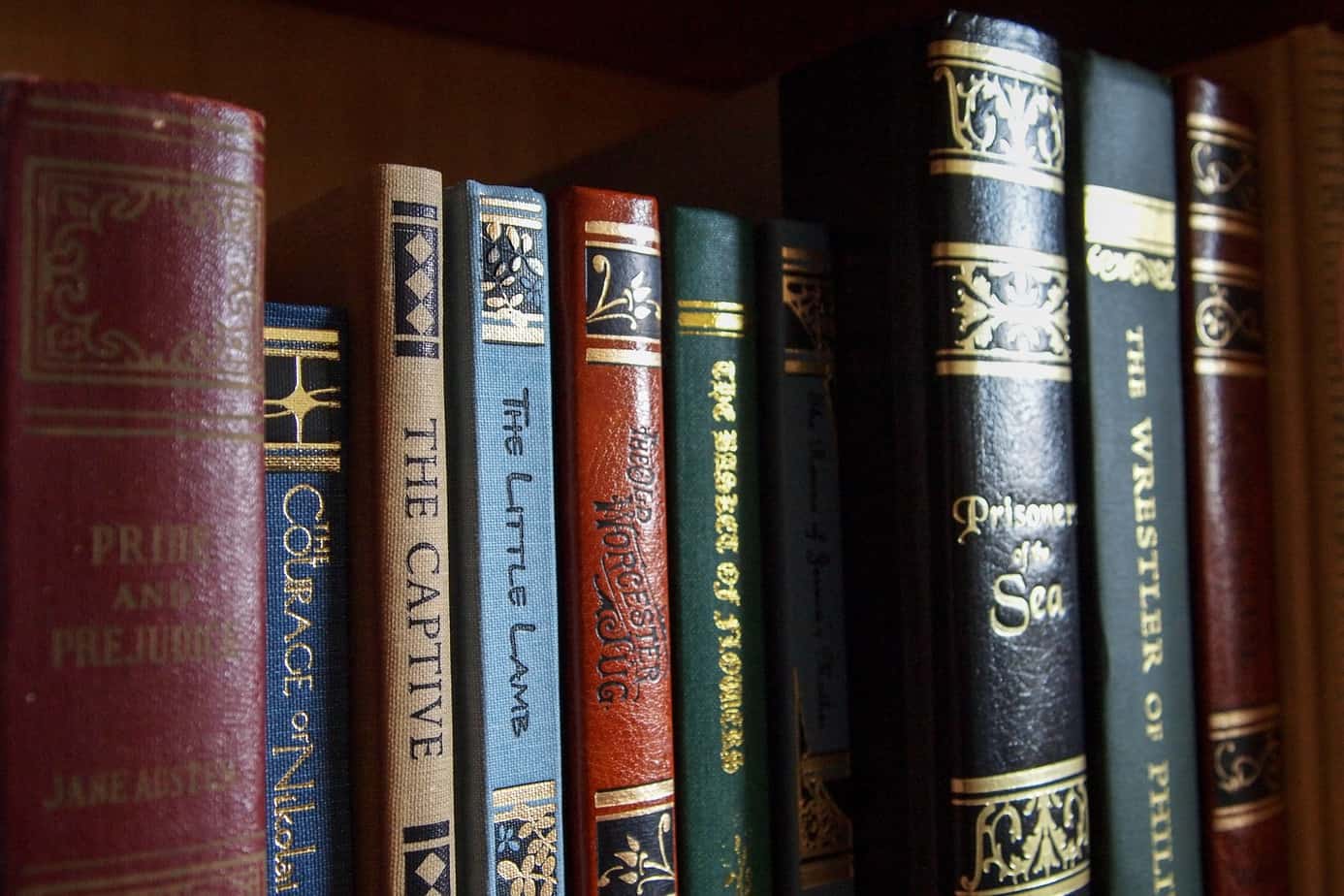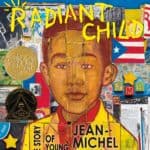
4
FebConversations on the Classics
 One of my favorite books growing up was The Secret Garden by Frances Hodgson Burnett. The story of young Mary Lennox investigating the gothic mysteries of Misselthwaite Manor and then discovering a locked garden captivated my imagination, and I would find myself wishing that I too could find someplace locked and secret to make my own. In my academic career, I’ve ended up rereading this book many more times and having to grapple with the various problems of the novel, but I still enjoy seeing all of the different iterations of it that are being published now. One such publication is the graphic novel version by Mariah Marsden and Hanna Luechtefeld. The bright, colorful cover drew me in, and I was interested to see how they went about adapting the original text into a fully illustrated one, especially considering the beginning chapters are rife with racist language and problematic depictions of Indian people.
One of my favorite books growing up was The Secret Garden by Frances Hodgson Burnett. The story of young Mary Lennox investigating the gothic mysteries of Misselthwaite Manor and then discovering a locked garden captivated my imagination, and I would find myself wishing that I too could find someplace locked and secret to make my own. In my academic career, I’ve ended up rereading this book many more times and having to grapple with the various problems of the novel, but I still enjoy seeing all of the different iterations of it that are being published now. One such publication is the graphic novel version by Mariah Marsden and Hanna Luechtefeld. The bright, colorful cover drew me in, and I was interested to see how they went about adapting the original text into a fully illustrated one, especially considering the beginning chapters are rife with racist language and problematic depictions of Indian people.
Except…they didn’t. The graphic novel starts as Mary is arriving at Misselthwaite Manor, cutting out three whole chapters of the story. As I read on, I discovered that the only allusions to Mary’s beginnings in India took place in the form of a few panels where Mary explained how she always had servants to dress her, and how her parents were never around. It is only in the back matter of the book where the authors explain that they didn’t feel that they could accurately represent the British colonization and occupation of India which Mary lived in, so they just didn’t include it. While I understand that this is a difficult topic to address to children, it feels like more damage is done by choosing not to include it. The true scope of Mary’s character is lost, because her rude and bratty nature is not just a result of parental neglect, but also of an attitude where she believes (and states) that she is better than her Indian servants because she is a little white girl.
This decision to leave out a moment of history in the adaptation also feels a lot like a “whitewashing” of history, where the desire to sanitize the ugly parts of history and not confront the reality of colonialism and racism ultimately leads nowhere because so many people feel that it’s not appropriate to discuss this with children. However, when reading classics like The Secret Garden or the “Little House” series, these ugly moments in history are a part of the story, and you are seemingly left with only two choices: to not read the book at all, or to simply get rid of the parts that offend. There was one instance where I was talking to a mother who was looking for beginner chapter books to read to her daughter, and mentioned that she loved the “Little House” series as a child, but would never read them to her child because of the anti-Indigenous language and attitudes of the characters.
The Ypsilanti District Library has a great article and resources on how to discuss racism in books with children, and talking about how important it is to create awareness and empathy by discussing these issues with children. One great way to actively combat the racism of these classics, along with the attitude of “Oh, well that’s just how everybody talked/thought/acted back then” is to pair books with modern historical fiction for children that takes place around those same time periods. Take The Secret Garden for example. I recently read Strong as Fire, Fierce as Flame by Supriya Kelkar, a middle-grade historical novel about a young Indian girl, Meera, escaping her fate of sati during the time of British colonization in India. The novel follows Meera as she actively fights the British occupation of India while also being employed as a servant in the household of a British officer and his wife. The story is set around the same time as Burnett’s The Secret Garden, but shows the reader what life would have been like for one of Mary Lennox’s servants, and what people like Mary’s parents were doing in India at the time. I like to call books like these “companion novels”, because I think they do a great job of educating the reader about the voices and experiences that were silenced in the classics of literature. Strong as Fire, Fierce as Flame is an amazing novel, and does an excellent job of educating readers about British colonization in both the story and in a lot of curated backmatter, including an author’s note that directly references the racism in The Secret Garden: “[T]he book did not think highly of Indian people. They were in the background…Native people are viewed through a colonial gaze. Their lands serve as exotic, thrilling backdrops to stories, but their people are rarely even treated like people…while the colonizers’ stories are prioritized” (Kelkar)
Another great example of a companion novel is Louise Erdrich’s Birchbark House books, which are about a young Ojibwa girl, Omakayas, and her life growing up with her family in the land around Lake Superior. I first heard Debbie Reese talking about this book in relation to the Little House series, and how Birchbark House is the answer to the exclusion of the Native American voice in Laura Ingalls Wilder’s books. While Little House on the Prairie is known for its anti-Indigenous language and attitude that “there were no people, just Indians”, the story of Birchbark House shows a part of the rich Indigenous cultures and traditions of the Ojibwe.
Some more examples of companion novels to more classic/difficult books are Lalani of the Distant Sea in conversation with Island of the Blue Dolphins, Roll of Thunder, Hear My Cry in conversation with The Adventures of Huckleberry Finn, and The Seven Chinese Sisters in conversation with The Five Chinese Brothers.
Dina Delic is the Assistant Children’s Librarian at the Morrill Memorial Library in Norwood, MA. Look for her article in the January 27, 2022 issue of the Transcript and Bulletin.








